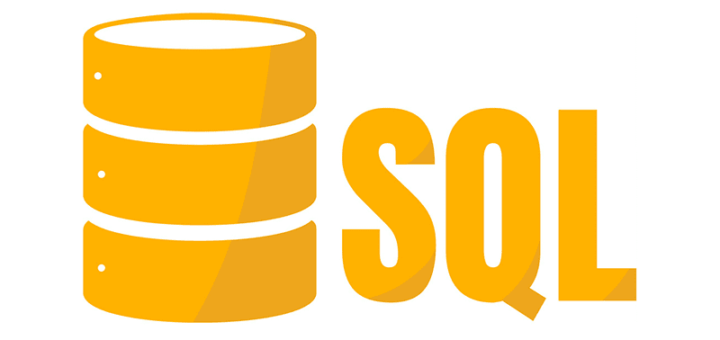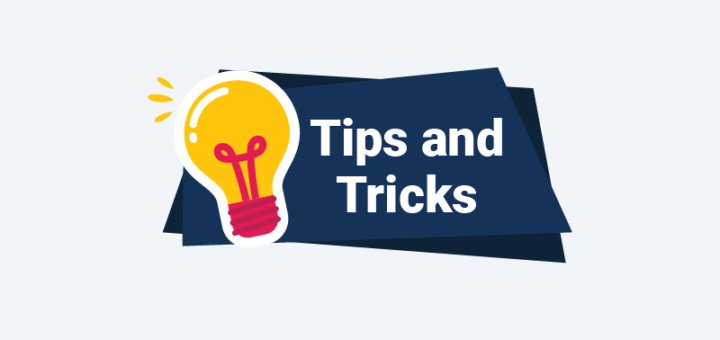This PySpark DataFrame Basics Cheat Sheet is your handy companion to Apache Spark DataFrames in Python and includes code samples.
You’ll probably already know about Apache Spark, the fast, general and open-source engine for big data processing; It has built-in modules for streaming, SQL, machine learning, and graph processing. Spark allows you to speed analytic applications up to 100 times faster compared to other technologies on the market today. Interfacing Spark with Python is easy with PySpark: this Spark Python API exposes the Spark programming model to Python.
The PySpark RDD Basics Cheat Sheet already showed you how to work with the most basic building blocks, RDDs.
Now, it’s time to tackle the Spark SQL module, which is meant for structured data processing, and the DataFrame API, which is not only available in Python, but also in Scala, Java, and R. If you want to know more about the differences between RDDs, DataFrames, and DataSets, consider taking a look at Apache Spark in Python: Beginner’s Guide.
This PySpark DataFrame Basics cheat sheet covers the basics of working with the Apache Spark DataFrames in Python: from initializing the SparkSession to creating DataFrames, inspecting the data, handling duplicate values, querying, adding, updating or removing columns, grouping, filtering or sorting data. You’ll also see this cheat sheet also on how to run SQL Queries programmatically, how to save your data to parquet and JSON files, and how to stop your SparkSession.
Spark SGIL is Apache Spark’s module for working with structured data.
Initializing SparkSession
A SparkSession can be used to create DataFrame, register DataFrame as tables, execute SGL over tables, cache tables, and read parquet files.
from pyspark.sql import SparkSession
spark a SparkSession \
.builder\
.appName("Python Spark SQL basic example") \
.config("spark.some.config.option", "some-value") \
.getOrCreate()Creating DataFrames
Fromm RDDs
from pyspark.sql.types import*Infer Schema
sc = spark.sparkContext
lines = sc.textFile(''people.txt'')
parts = lines.map(lambda l: l.split(","))
people = parts.map(lambda p: Row(nameap[0],ageaint(p[l])))
peopledf = spark.createDataFrame(people)Specify Schema
people = parts.map(lambda p: Row(name=p[0],
age=int(p[1].strip())))
schemaString = "name age"
fields = [StructField(field_name, StringType(), True) for field_name in schemaString.split()]
schema = StructType(fields)
spark.createDataFrame(people, schema).show()From Spark Data Sources
JSON
df = spark.read.json("customer.json")
df.show()
df2 = spark.read.load("people.json", format="json")Parquet files
df3 = spark.read.load("users.parquet")TXT files
df4 = spark.read.text("people.txt")Filter
#Filter entries of age, only keep those records of which the values are >24
df.filter(df["age"]>24).show()
Duplicate Values
df = df.dropDuplicates()Queries
from pyspark.sql import functions as F
Select
df.select("firstName").show() #Show all entries in firstName column
df.select("firstName","lastName") \
.show()
df.select("firstName", #Show all entries in firstName, age and type
"age",
explode("phoneNumber") \
.alias("contactInfo")) \
.select("contactInfo.type",
"firstName",
"age") \
.show()
df.select(df["firstName"],df["age"]+ 1) #Show all entries in firstName and age, .show() add 1 to the entries of age
df.select(df['age'] > 24).show() #Show all entries where age >24When
df.select("firstName", #Show firstName and 0 or 1 depending on age >30
F.when(df.age > 30, 1) \
.otherwise(0)) \
.show()
df[df.firstName.isin("Jane","Boris")] #Show firstName if in the given options
.collect()Like
df.select("firstName", #Show firstName, and lastName is TRUE if lastName is like Smith
df.lastName.like("Smith")) \
.show()Startswith – Endswith
df.select("firstName", #Show firstName, and TRUE if lastName starts with Sm
df.lastName \
.startswith("Sm")) \
.show()
df.select(df.lastName.endswith("th"))\ #Show last names ending in th
.show()Substring
df.select(df.firstName.substr(1, 3) \ #Return substrings of firstName
.alias("name")) \
.collect()Between
df.select(df.age.between(22, 24)) \ #Show age: values are TRUE if between 22 and 24
.show()Add, Update & Remove Columns
Adding Columns
df = df.withColumn('city',df.address.city) \
.withColumn('postalCode',df.address.postalCode) \
.withColumn('state',df.address.state) \
.withColumn('streetAddress',df.address.streetAddress) \
.withColumn('telePhoneNumber', explode(df.phoneNumber.number)) \
.withColumn('telePhoneType', explode(df.phoneNumber.type)) Updating Columns
df = df.withColumnRenamed('telePhoneNumber', 'phoneNumber')Removing Columns
df = df.drop("address", "phoneNumber")
df = df.drop(df.address).drop(df.phoneNumber)
Missing & Replacing Values
df.na.fill(50).show() #Replace null values
df.na.drop().show() #Return new df omitting rows with null values
df.na \ #Return new df replacing one value with another
.replace(10, 20) \
.show()GroupBy
df.groupBy("age")\ #Group by age, count the members in the groups
.count() \
.show()Sort
peopledf.sort(peopledf.age.desc()).collect()
df.sort("age", ascending=False).collect()
df.orderBy(["age","city"],ascending=[0,1])\
.collect()Repartitioning
df.repartition(10)\ #df with 10 partitions
.rdd \
.getNumPartitions()
df.coalesce(1).rdd.getNumPartitions() #df with 1 partition
Running Queries Programmatically
Registering DataFrames as Views
peopledf.createGlobalTempView("people")
df.createTempView("customer")
df.createOrReplaceTempView("customer")Query Views
df5 = spark.sql("SELECT * FROM customer").show()
peopledf2 = spark.sql("SELECT * FROM global_temp.people")\
.show()Inspect Data
df.dtypes #Return df column names and data types
df.show() #Display the content of df
df.head() #Return first n rows
df.first() #Return first row
df.take(2) #Return the first n rows df.schema Return the schema of df
df.describe().show() #Compute summary statistics df.columns Return the columns of df
df.count() #Count the number of rows in df
df.distinct().count() #Count the number of distinct rows in df
df.printSchema() #Print the schema of df
df.explain() #Print the (logical and physical) plansOutput
Data Structures
rdd1 = df.rdd #Convert df into an RDD
df.toJSON().first() #Convert df into a RDD of string
df.toPandas() #Return the contents of df as Pandas DataFrameWrite & Save to Files
df.select("firstName", "city")\
.write \
.save("nameAndCity.parquet")
df.select("firstName", "age") \
.write \
.save("namesAndAges.json",format="json")Stopping SparkSession
spark.stop()Download PySpark DataFrame Basics Cheat Sheet



